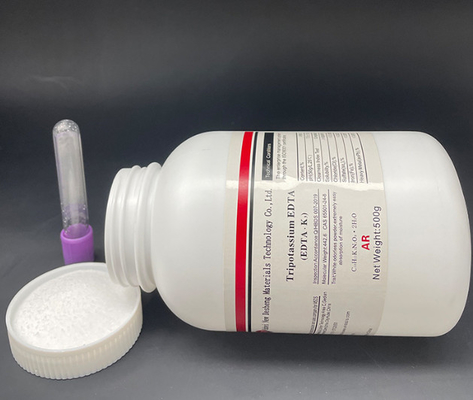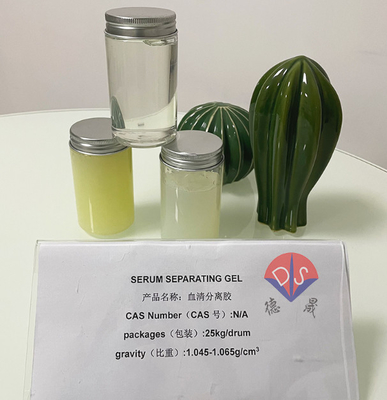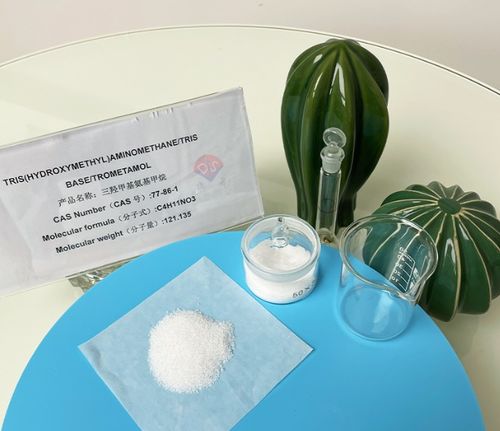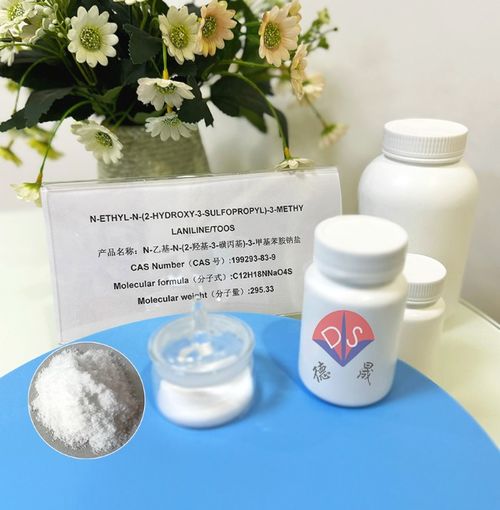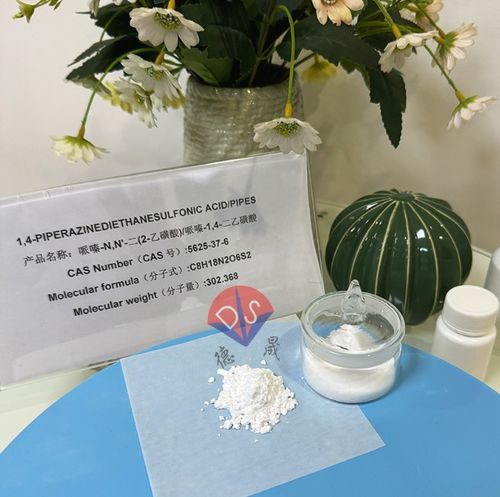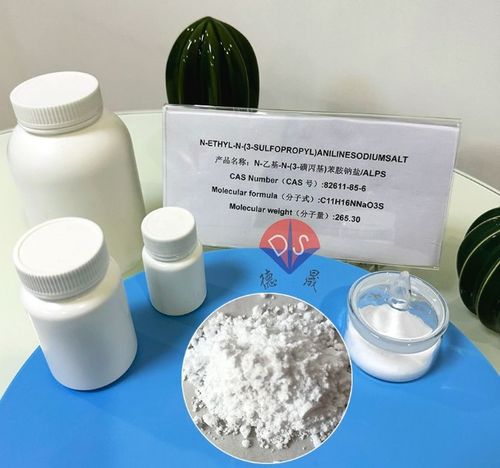The advantage of high solubility of bio buffered TRIS base 77-86-1
2025-07-04
In the field of biochemistry and molecular biology experiments, buffer solutions play a crucial role in maintaining the relative stability of the pH value of the reaction system, creating suitable conditions for the smooth progress of various biochemical reactions. Among numerous biological buffering agents, trihydroxymethylaminomethane (TRIS base) has shown significant advantages in experimental applications due to its many properties, especially high solubility.
The TRIS molecular structure contains three hydroxyl groups and one amino group. This unique structure endows TRIS with good water solubility. From the perspective of chemical principles. The oxygen atoms in hydroxyl groups have strong electronegativity, causing hydrogen atoms to carry partial positive charges, while oxygen atoms in water carry partial negative charges and hydrogen atoms carry partial positive charges. Through hydrogen bonding, hydroxyl groups can form strong interactions with water molecules; The nitrogen atom in the amino group also has a certain electronegativity and can form hydrogen bonds with water molecules. The synergistic effect of these two hydrophilic groups enables TRIS to fully bind with water molecules, thereby exhibiting high solubility characteristics.
The high solubility enables TRIS to quickly and completely dissolve in water during experimental operations, rapidly forming a uniform and stable buffer solution.
Taking common DNA extraction experiments as an example, buffer solution is required to maintain appropriate pH during the extraction process to ensure the integrity and stability of DNA. If TRIS buffer is used, due to its high solubility, researchers can dissolve and adjust TRIS to the desired concentration and pH value in a short period of time, greatly improving the efficiency of experimental preparation. In some experiments that require extremely high time, such as rapid determination of enzyme activity, the rapid preparation of buffer solution is crucial for capturing the initial stage data of enzymatic reaction in a timely manner. This characteristic of TRIS can meet the needs of such experiments.
In the field of cell culture, the high solubility advantage of TRIS buffer is also very prominent. Cell culture requires precise control of the concentrations and pH values of various components in the culture medium to provide the optimal microenvironment for cell growth. TRIS buffer can be easily dissolved in the culture medium and maintain good buffering capacity at different concentrations, ensuring that the pH value of the culture medium is within the appropriate range for cell growth (usually 7.2-7.4). This helps maintain the normal metabolic activity, proliferation ability, and integrity of morphology and function of cells. Compared to some buffers with lower solubility, TRIS does not cause uneven local concentration due to incomplete dissolution, which in turn affects cell growth and provides a stable and reliable buffering environment for cell culture experiments.
Protein research is an important direction in the field of biochemistry, and TRIS has also demonstrated unique advantages in this area due to its high solubility. In the purification process of proteins, it is often necessary to use buffer solutions with different pH values for elution and other operations. TRIS can easily prepare buffer solutions of different concentrations and pH values to meet the needs of proteins at different purification stages. For example, in ion exchange chromatography purification of proteins, adjusting the pH and ionic strength of TRIS buffer can effectively separate proteins with different charge properties. Due to the high solubility of TRIS, researchers can accurately control the concentration of various components in the buffer, improving the efficiency and purity of protein purification. In protein crystallization experiments, appropriate buffering conditions are one of the key factors promoting protein crystallization. TRIS buffer can provide a stable environment for protein crystallization at different pH values. Its high solubility ensures that various components can be uniformly mixed when preparing complex crystallization buffer systems, which is conducive to the orderly arrangement of protein molecules to form crystals, improving the success rate and quality of protein crystal growth, and providing a good sample basis for subsequent analysis of protein structures through X-ray crystallography.
In biological experiments, it is sometimes necessary to dilute or concentrate buffer solutions to meet different experimental requirements. TRIS buffer, due to its high solubility, can maintain good stability and buffering performance during these operations. For example, when it is necessary to dilute high concentration TRIS buffer to adjust the ion strength or pH value of the experimental system, the diluted buffer can still be uniformly stable without solute precipitation or other factors affecting the buffering effect. Similarly, when concentrating TRIS buffer solution, high solubility enables the concentration process to proceed smoothly, and the concentrated buffer solution can still effectively play a buffering role, providing strong support for the flexibility and operability of the experiment.
The high solubility of TRIS makes it play an important role in biological buffering systems, providing efficient, stable, and convenient buffering solutions for experimental research in fields such as biochemistry and molecular biology, greatly promoting the progress of related scientific research. With the continuous development of science and technology and the increasing demand for experiments, TRIS, with its unique advantages, will play an irreplaceable role in more complex experimental systems and cutting-edge research.
Desheng is a professional manufacturer of biological buffering agents. The products produced can guarantee a white powder appearance, good water solubility, purity of over 99%, and good buffering effect. Merchants who have recent purchasing needs can click on the official website to learn more details or contact me!
더 읽기

 귀하의 메시지는 20-3,000 자 사이 여야합니다!
귀하의 메시지는 20-3,000 자 사이 여야합니다! 이메일을 확인하십시오!
이메일을 확인하십시오!  귀하의 메시지는 20-3,000 자 사이 여야합니다!
귀하의 메시지는 20-3,000 자 사이 여야합니다! 이메일을 확인하십시오!
이메일을 확인하십시오! 







